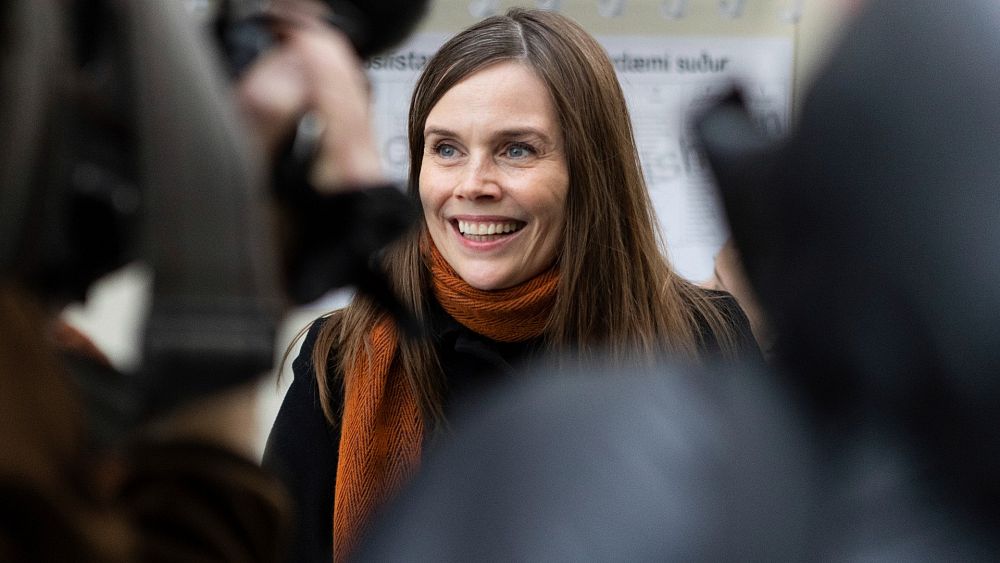
Iceland’s coalition government appeared likely to continue after voters rallied around the political centre in a volatile parliamentary election.
The outcome may become historic: The incoming members of parliament were 54% women on Sunday morning, when nearly all votes had been counted. If the number holds, Iceland’s Althing parliament will have a female majority for the first time.
According to data compiled by the World Bank, no country in Europe had ever passed the symbolic 50% mark, with Sweden leading the way with 47% female MPs.
Polls had suggested a victory for left-leaning parties in the unpredictable election, which saw 10 parties competing for the Althing’s 63 seats.
Instead, the centre-right Independence Party took the largest share of votes, and there were big gains for the centrist Progressive Party.
Before the election, the two parties formed Iceland’s three-party coalition government, together with the Left Green Party led by Prime Minister Katrin Jakobsdottir. Her party lost several seats, but outscored poll predictions.
The ruling parties won 37 seats altogether, gaining two from the last election.
The three parties haven’t announced whether they will work together for another term, but given the strong support among voters it appears likely.
Climate change had ranked high on the election agenda in Iceland, a glacier-studded volcanic island nation of about 350,000 people in the North Atlantic.
An exceptionally warm summer by Icelandic standards — with 59 days of temperatures above 20°C — and shrinking glaciers have helped drive global warming up the political agenda.
But that didn’t appear to have translated into increased support for any of the four left-leaning parties that campaigned to cut carbon emissions by more than Iceland is committed to under the Paris Climate Agreement.
Final results are expected later Sunday.